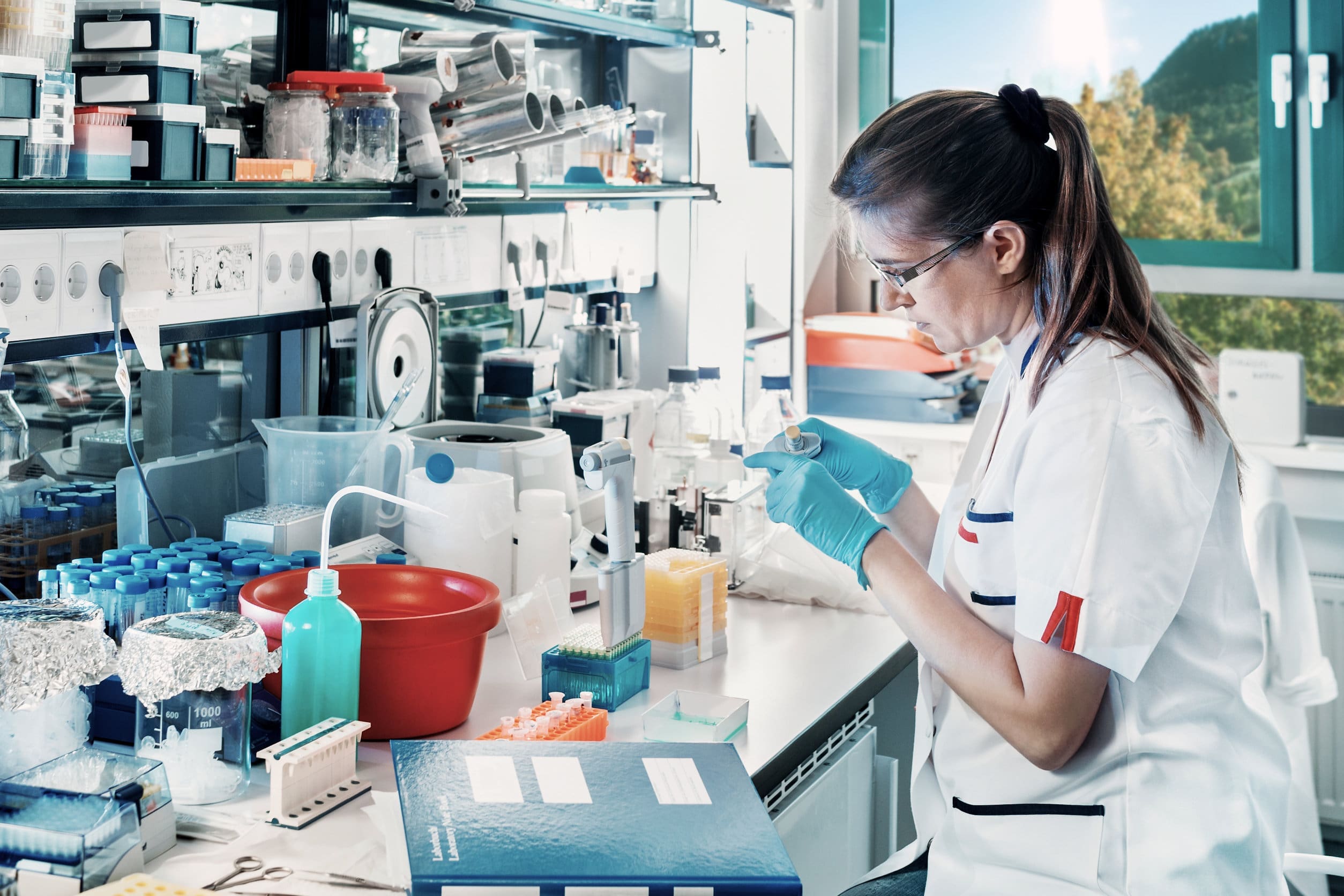In this post
Cloning is the process by which a genetically identical organism is produced from another. This clone will have the same genetic make-up and DNA as the original, and cloning is seen in nature as well as being completed through scientific research.
Key term
Clones – organisms which are genetically identical to each other.
Micropropagation
Micropropagation is a process by which very small pieces of plants (known as explants) are grown in vitro using nutrient media. This allows plants to be cloned.
Micropropagation can be used to clone plants with desirable characteristics such as pest resistance or high fruit yield. ‘In vitro’ means inside glass plates of sterile agar jelly which provides the nutrients needed for the explants to grow. The stages of the process of micropropagation are as follows:
- The plant is chosen with the desired characteristic.
- Small pieces of the plant known as explants, are removed from an area of actively dividing cells such as the tips of growing shoots or roots.
- Each of the explants is sterilised to remove any disease-causing microorganisms which would contaminate any other plants produced.
- Each explant is placed carefully into a plate of sterile agar jelly containing lots of nutrients needed for plants to grow as well as growth hormones to stimulate the growth of the explants.
- The explants can grow and develop into small plants which, as they grow, can be removed and transferred to soil in a greenhouse where they can continue their growth whilst being protected from pests, disease and weather conditions.
As all the explant samples have been taken from the same original parent plant, all of them will grow into a plant with the exact same DNA as each other and the original plant. Each of the plants produced is therefore a clone of the original plant and will show the same desired characteristic. The higher the number of samples taken from the original plant, the higher the number of clones produced.
The process of micropropagation can therefore be used to produce commercial quantities of genetically identical plants with desirable characteristics. For example, crop plants with a good fruit yield can be cloned using micropropagation to produce large quantities of plants which produce a high fruit yield.
Cloning mammals
Clones are organisms which are genetically identical to each other. The clones are produced by asexual reproduction which are genetically identical to each other and the parent organism. The production of cloned mammals involves several stages, as illustrated by Dolly the sheep who was born in 1996 in Scotland and was the first mammal to be cloned.
The steps involved in the cloning process used to produce Dolly were:
- The nucleus of a donor sheep’s egg cell was removed to create an enucleated egg cell.
- The nucleus was extracted from cells removed from the mammary glands of a second donor sheep.
- This nucleus was then inserted into the enucleated egg cell from the first donor sheep.
- Electrical pulses were then applied to the new cell formed to stimulate it to start dividing by the process of mitosis.
- The cell rapidly divided and developed into an embryo.
- The embryo was then implanted directly into the uterus of a third sheep known as the surrogate mother sheep.
Dolly was born in 1996 and was a clone as she was genetically identical to the second donor sheep from which the nucleus was removed. Transgenic animals are those which have had another organism’s DNA transferred into their genome. Human genes can be transferred into an animal’s genome to stimulate them to produce human proteins. If the animals are cloned, all the clones produced will also produce these human proteins.
An example of how this is useful is the modification of sheep, cows and goats to produce human proteins in their milk. When the animal’s milk is collected, the protein can be extracted and used.
Animals can also be given the gene to produce human antibodies. Any clones of these animals will also be able to produce human antibodies. This provides the potential for human antibodies to be produced on a large scale. These antibodies can then be given directly to human patients and makes the treatment of conditions much quicker than if the patient was having to use their own immune system to recognise the pathogens and produce their own antibodies.



